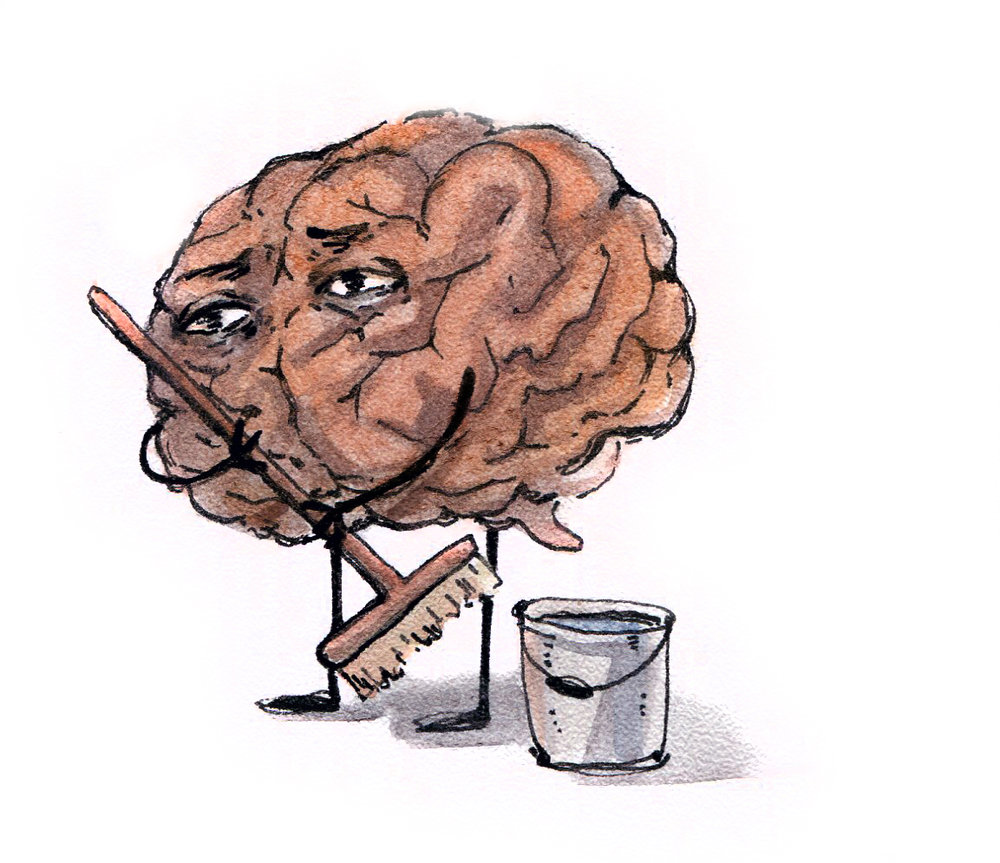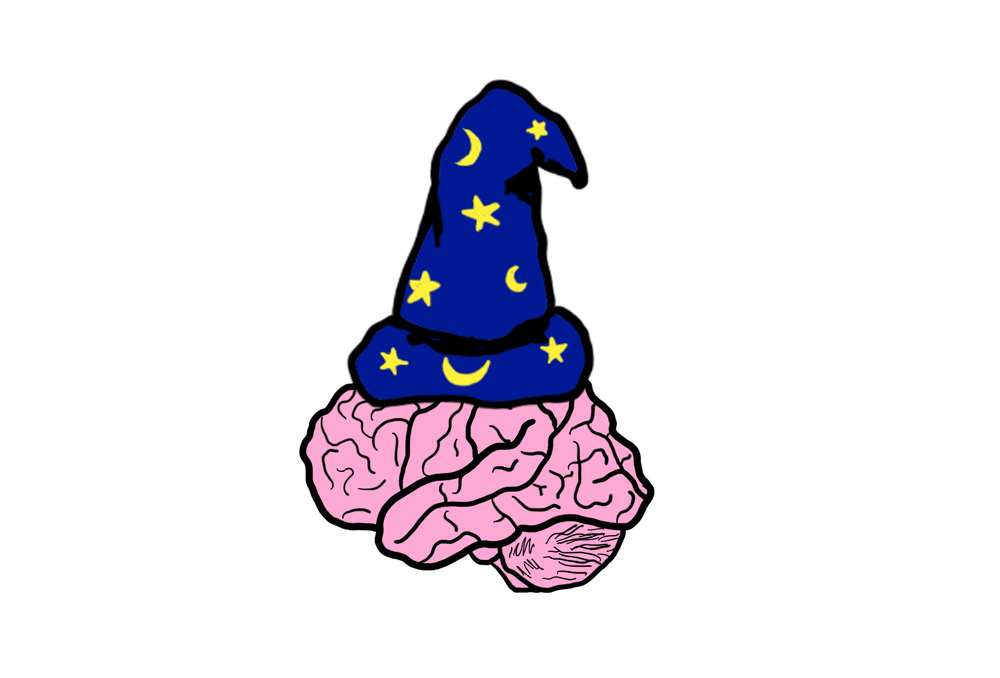
Sleep is important. Sleep is good. Sooner or later we all come to this conclusion (I miss the days of childhood, when the nap of the day was a duty, not a pleasure, for which today we have to blush). During sleep, new memories are consolidated, and toxic byproducts of daily brain activity are derived. But what was unexpected was the discovery of researchers from March Polytechnic University, who discovered that lack of sleep involves the same process - however, in this case it takes place in an extreme way. It turns out that chronic sleep loss translates the brain from the mode of normal harvesting on weekends to manic emptying - while it also eliminates the healthy, necessary neural connections.
Scientists have discovered that in mice with sleep deprivation, certain brain cells show unusually high activity. These cells are
astrocytes and
microglia . The first ones cut off unnecessary connections between neurons, the second ones hunt for damaged cells and cellular debris. For the most part, astrocytes are active in the area of more adult and frequently used compounds that probably require more maintenance anyway — nothing dramatic. However, an increase in the activity of
microphlia macrophages in chronic under-sleepers causes great concern. Excessive activation of microglia is associated with Alzheimer's disease and other bad diseases. It has been shown that lack of sleep makes people vulnerable to the development of dementia, so it is likely that all these facts are related. What can I say? These are your hands on the whole night are not worth it.
Now, let me throw in a little bit of sensation: the scientists made the mice gorge themselves on fatty food, directing the rays of lasers to their brains! But now seriously: scientists have discovered that a brain area called “zona incerta” (
undefined zone ), when
optogenetic stimulation, instantly causes mice to gorge themselves on the mouse equivalent of chips and candy. When the stimulation is stopped, the animals return to a reasonable, normal diet. Regular stimulations during the week lead to the fact that animals start to overeat constantly (they eat 35% of the daily norm in ten minutes) and gain weight. Since the previously undefined zone was not at all associated with eating behavior, this discovery will help us better understand and treat
eating disorders (perhaps even find a switch for gluttony). It can also help explain why people with Parkinson’s disease, after deeply stimulating areas of the brain that are responsible for motility and located close to the indefinite area, sometimes begin to abuse food.

And as soon as you decide that Ilona Musk is already up to it, he announces the launch of a new revolutionary program. This is Neuralink - a project to create a brain-computer interface (brain-computer interface, BCI) that helps people with disabilities, connects the brain with AI and ultimately can create universal telepathy (hello from Isaac Asimov!)
Everything should work through a neural cord, an ultra-thin network unfolding in the brain after the introduction, covering the entire cortex with a set of electrodes that record, decode and transmit brain signals wirelessly. The Neuralink team is going to simultaneously record the work of a million neurons (currently, the best such systems consist of 100 electrodes recording the work of 100 neurons, despite the fact that the brain as a whole contains about 80 billion neurons). When all this works, Google Autocomplete will be in our heads, it will be possible to restore sight, to perform cloudy AI calculations in the head so that they feel as part of the consciousness - and a lot more.
Sounds like science fiction, and, in general, while it is - with the current BCI, surgical intervention is often required, they provide a very low speed of information transfer and are able to decode only very simple signals, such as "I want to move my hand to the right" or " I look at a certain letter ”(which, of course, is already quite good - patients are able to control prostheses by the power of thought, paralyzed people - to contact the outside world). Neyroshurnok must overcome all these obstacles, be ultra-thin, ultra-small, biocompatible, able to unfold and cover the bark, and have greater bandwidth. In addition, for the time being we do not know exactly how the brain does the calculations, we do not know how to record neurons, etc., etc. - there is still a lot of work to achieve the next big breakthrough.

Remember how at 15 you threw a tantrum, because your mother decided that a tattoo on her face was not the best idea? Want to know why you no longer have such tantrums (hopefully) in adulthood? Researchers at the University of Pennsylvania discovered one of the possible reasons for this change. Apparently, age-related changes in the organization of the brain network are the basis for improvements in the performance of executive functions. When the brain matures, its modular networks (visual network, attention network, etc.) are more differentiated from each other, but they still interact well with each other. In fact, you develop specialized parts of the brain that communicate effectively with each other and do not generate noise, which is difficult to understand. This has a positive effect on the decision-making process, the control of impulses and any other. Also, apparently, how well your executive functions are developing (that is, the likelihood that you will get hysterical or make the right choice) depends, at least in part, on how strong these modules are in your the brain. It is interesting to consider this factor as another biomarker of abnormal brain development or a risk factor for the emergence of mental illness.